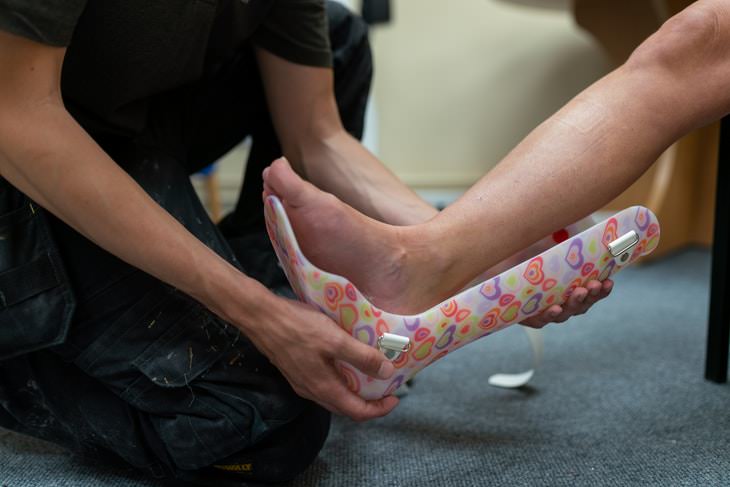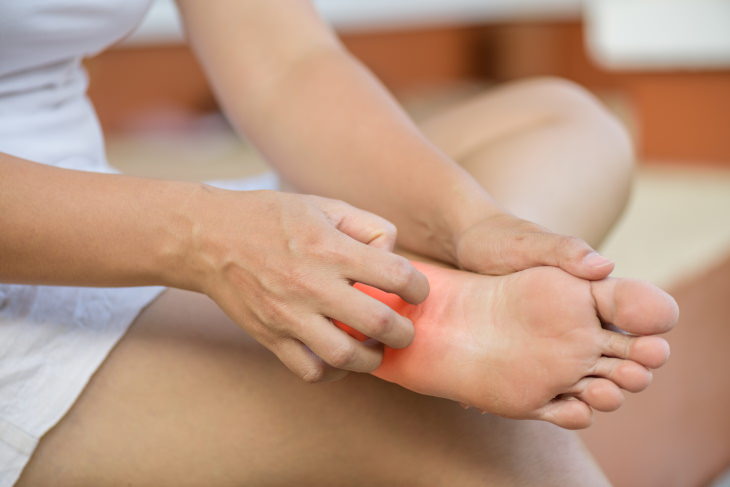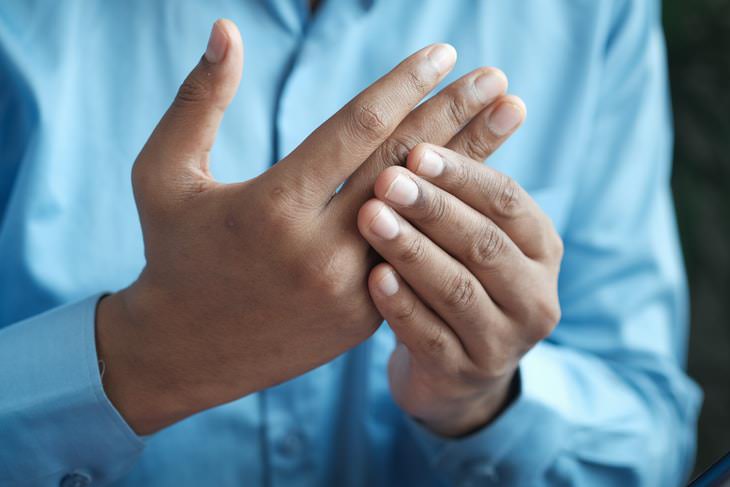
¿Qué es la atrofia muscular?
El cuerpo humano es un sistema fascinante que se actualiza y cambia continuamente. El cuerpo está programado para redirigir los nutrientes a los músculos del cuerpo que más utilizamos y cortar los nutrientes a los que no se utilizan. Este proceso de pérdida de masa muscular se conoce como atrofia muscular, o pérdida de músculo, catabolismo muscular y desgaste muscular.

Lee más sobre los síntomas de la degeneración muscular aquí: 8 Síntomas Tempranos De La Degeneración Muscular.
En algunos casos, la atrofia muscular puede desarrollarse en cuestión de 2-3 semanas de inactividad, pero otros pueden mantener su masa muscular durante más tiempo. La velocidad de la pérdida muscular depende de muchos factores, como el nivel de forma física inicial, la edad y otros problemas de salud. Lamentablemente, en la mayoría de los casos, el catabolismo muscular es rápido: un estudio publicado en el Journal of Rehabilitation Medicine concluyó que los hombres mayores de 8 años perdieron una cuarta parte de sus ganancias musculares de 8 semanas de entrenamiento de fuerza después de sólo 2 semanas.
La atrofia muscular se produce predominantemente porque no se utiliza o no se puede utilizar lo suficiente un grupo específico de músculos, a menudo debido a un contratiempo físico como una lesión o un largo período de reposo en cama por enfermedad. Sin embargo, pasar demasiado tiempo en un escritorio también puede debilitar determinados músculos.
Estos son los tipos más comunes de atrofia muscular:



Sarcopenia is an age-related condition experienced by 10% of adults over age 50 and up to 13% of people in their 60s and above. It can start as just feeling a bit weaker during physical activities and progresses to difficulty doing everyday activities like opening jars or holding a pen. Even though sarcopenia is considered a normal part of aging, it can lead to dramatically fast muscle loss, especially when combined with lack of movement or immobilization.
The biggest issue with sarcopenia is the increased risk of falls and injuries, but exercise can help delay the progression of sarcopenia. As Jodi Klein, a physical therapist, pointed out in an article by Harvard Health, "It can take longer for the body to recover from dramatic muscle loss, but with the right strategy, older adults can protect themselves from muscle atrophy and rebound easier if it occurs, no matter what their age."

The great news is that most people suffering from muscle atrophy will be able to recover in a matter of months. As long as your nerves are intact, you’re eating healthy, and you’re getting treatment for any underlying health issues that are contributing to the muscle loss, you should be able to get back in shape within 2-4 months.
Unfortunately, muscle atrophy caused by neurological damage or stroke can be irreversible. When nerve signals are no longer able to reach the muscles, little can be done to preserve them.
Reversing Muscle Atrophy
1. Start by returning to movement and doing physical therapy

The first step is returning to normal physical activity - getting out of bed, moving around every half an hour or so, carrying around small objects. Maintaining an active lifestyle will help prevent recurrent muscle loss too, which is especially crucial for people who sit a lot, those who suffer from arthritis, and older adults.
Physical therapy can also help teach you to activate specific muscles, and a physical therapist will be able to help you move the arms and legs if you have trouble doing so yourself. It’s especially helpful for preventing muscle loss in people in hospitals or those who have to stay in bed for a long time as a result of health issues.
Related Article: 5 Key Exercises to Improve Balance and Prevent Falls
2. Keep up the good shape with general exercise
Any type of daily exercise, be it walking, cleaning the house, gardening, cycling, or any other activity will stimulate your muscles and help them regrow. Swimming and water exercises may be especially helpful for recovering patients, as water makes movements easier. Lastly, weight training, such as training with resistance bands and dumbbells, can help prevent muscle atrophy by focusing on specific muscles.
